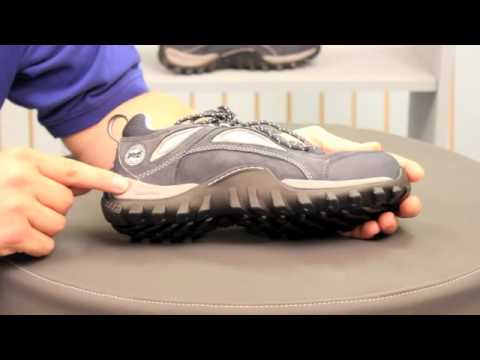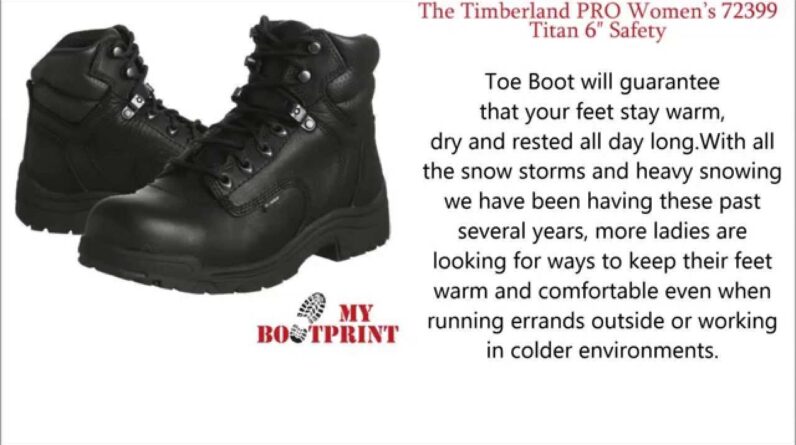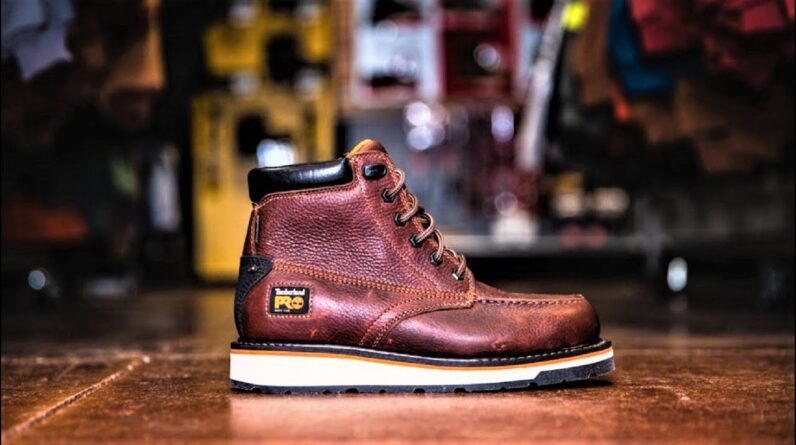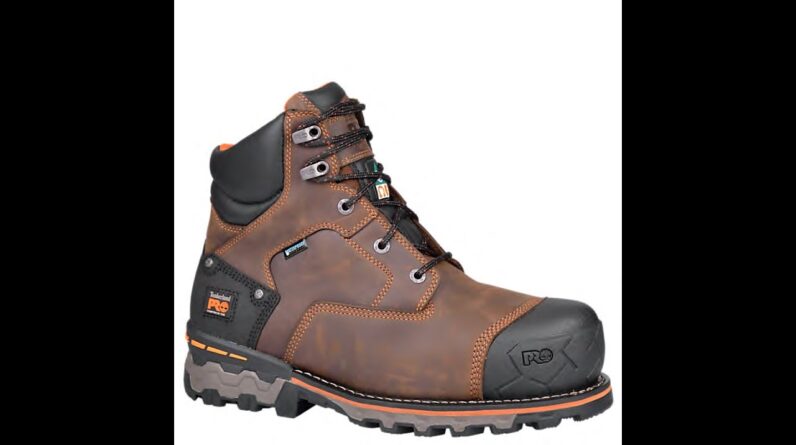
This post may contain affiliate links which means I may receive a commission for purchases made through links. Learn more on my Private Policy page.
Introduction to Heavy-Duty Boots for Rugged Work Environments
Have you ever found yourself in a situation where you wished you had a pair of heavy-duty boots that could withstand the harshest environments, while still providing you with comfort and protection? Look no further, as we introduce you to the perfect pair of boots designed for rugged jobs and tough terrains. These boots not only look great, but they also offer excellent durability and comfort, ensuring your safety and performance during your work or outdoor activities.
In this article, we will discuss the various features, benefits, and factors to consider when selecting the perfect pair of heavy-duty boots for your needs. So, buckle up and let's dive into the world of heavy-duty boots.
Why You Need Heavy-Duty Boots: The Importance of Protection and Comfort
Protection
Heavy-duty boots are designed to protect your feet in environments where regular footwear just won't cut it. Construction sites, warehouses, factories, and hiking trails are just a few examples of places where regular shoes might leave your feet exposed to potential injury from falling objects, sharp edges, or hot surfaces. Heavy-duty boots come with features like steel toe caps, puncture-resistant soles, and high ankle support, which help prevent injuries to your feet and ankles.
Steel Toe Caps
When it comes to protective footwear, steel toe caps are a must-have. These caps are specifically designed to protect your toes from being crushed or injured by heavy objects falling onto them. Steel toe caps are usually reinforced with other materials like aluminum, plastic, or composite materials.
Puncture-Resistant Soles
The soles of heavy-duty boots need to be puncture-resistant to prevent sharp objects like nails, glass, or metal shrapnel from penetrating the sole and injuring your feet. These soles are usually made from thick rubber or other composite materials to provide a strong barrier between your feet and hazardous materials.
High Ankle Support
High ankle support in heavy-duty boots is essential for stability and injury prevention, especially when walking or working on uneven terrain. This higher support helps to reduce the risk of sprained or twisted ankles, while also providing additional protection against potential impact or abrasion injuries.
Comfort
A comfortable fit is essential when it comes to heavy-duty boots. Since you'll likely be wearing them for long hours, you'll need boots that won't cause blisters or sore spots due to rubbing and pressure points. Features like cushioned insoles, breathable materials, and proper sizing can make all the difference in ensuring your feet stay comfortable all day long.
Cushioned Insoles
The insoles of heavy-duty boots should provide ample cushioning to absorb shock and evenly distribute pressure on the feet. Some insoles may even be removable to accommodate custom orthotics or for easy cleaning. Memory foam and gel-based insoles are also great options for additional comfort and shock absorption.
Breathable Materials
It's important for heavy-duty boots to use materials that promote airflow and wick away moisture from your feet, reducing the risk of blisters and keeping your feet dry and comfortable. Look for boots that feature breathable linings, vented panels, or moisture-wicking materials like Gore-Tex®.
Proper Sizing
Heavy-duty boots must fit well to prevent discomfort and potential injuries. Ensure you measure your feet correctly and consult the manufacturer's sizing chart when selecting the size. Keep in mind that you may need to size up if you plan on wearing thick socks or using custom insoles.
The Ultimate Heavy-Duty Boot: Features to Look For
Oil Resistant, Non-Slip Soles
Heavy-duty boots should have oil-resistant, non-slip soles to maintain traction on slippery surfaces like oil spills or wet floors. This helps reduce the risk of slips, trips, and falls that can lead to severe injuries.
Durable Materials
The materials used in heavy-duty boots should be durable and able to withstand rough conditions without breaking down or wearing out too quickly. Look for materials like full-grain leather, ballistic nylon, and heavy-duty rubber in the construction of the boots.
Waterproof or Water-Resistant
Working in wet environments or dealing with rain and snow outdoors can make for an uncomfortable experience if your footwear isn't up to the task. Heavy-duty boots should be waterproof or water-resistant to keep your feet dry and prevent the growth of bacteria and fungus.
Easy-to-Clean
After a long day of work, the last thing you want to deal with is a complicated cleaning process for your boots. Look for boots that are easy to clean with simple techniques like wiping down with a damp cloth or brushing off dirt and debris.
Style
While functionality and protection should be the primary factors when selecting heavy-duty boots, it's also essential to find a pair that looks good and suits your personal style. There are many options on the market today, so you'll be able to find a pair that meets your aesthetic preferences.
Conclusion
Heavy-duty boots are an essential piece of footwear for those working in rugged environments or participating in outdoor activities. With their durable construction, solid protection, and comfortable fit, these boots provide the support and peace of mind needed for challenging work and recreation. So, whether it's construction, hiking, or just an appreciation for a stylish, robust pair of boots, investing in a high-quality pair of heavy-duty boots is a smart choice.







1 Comment